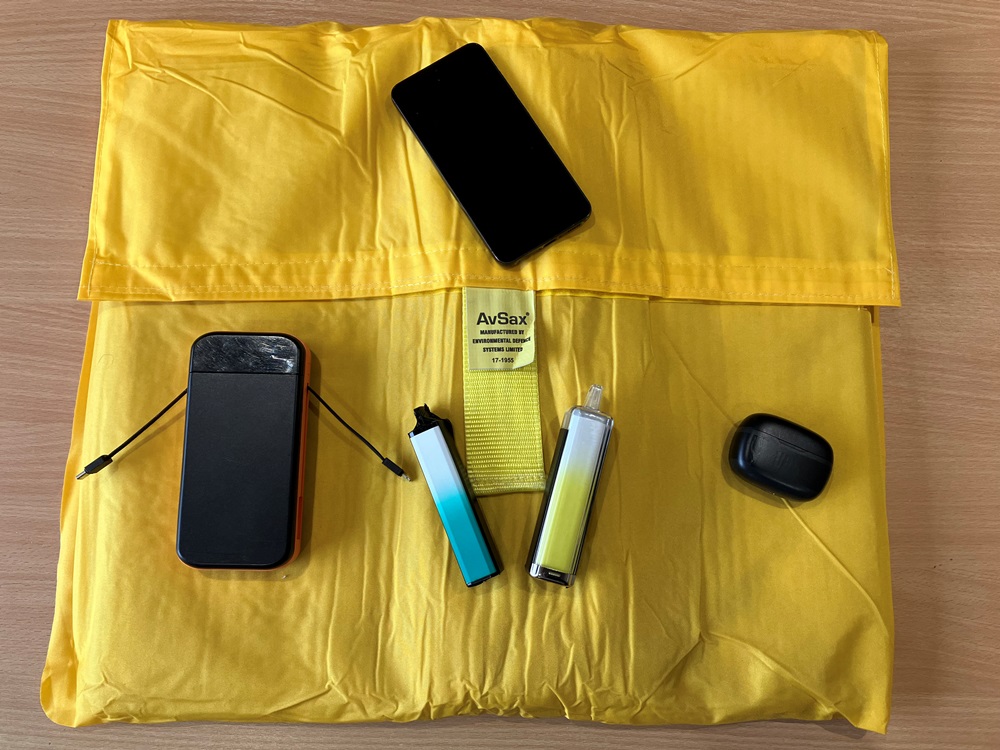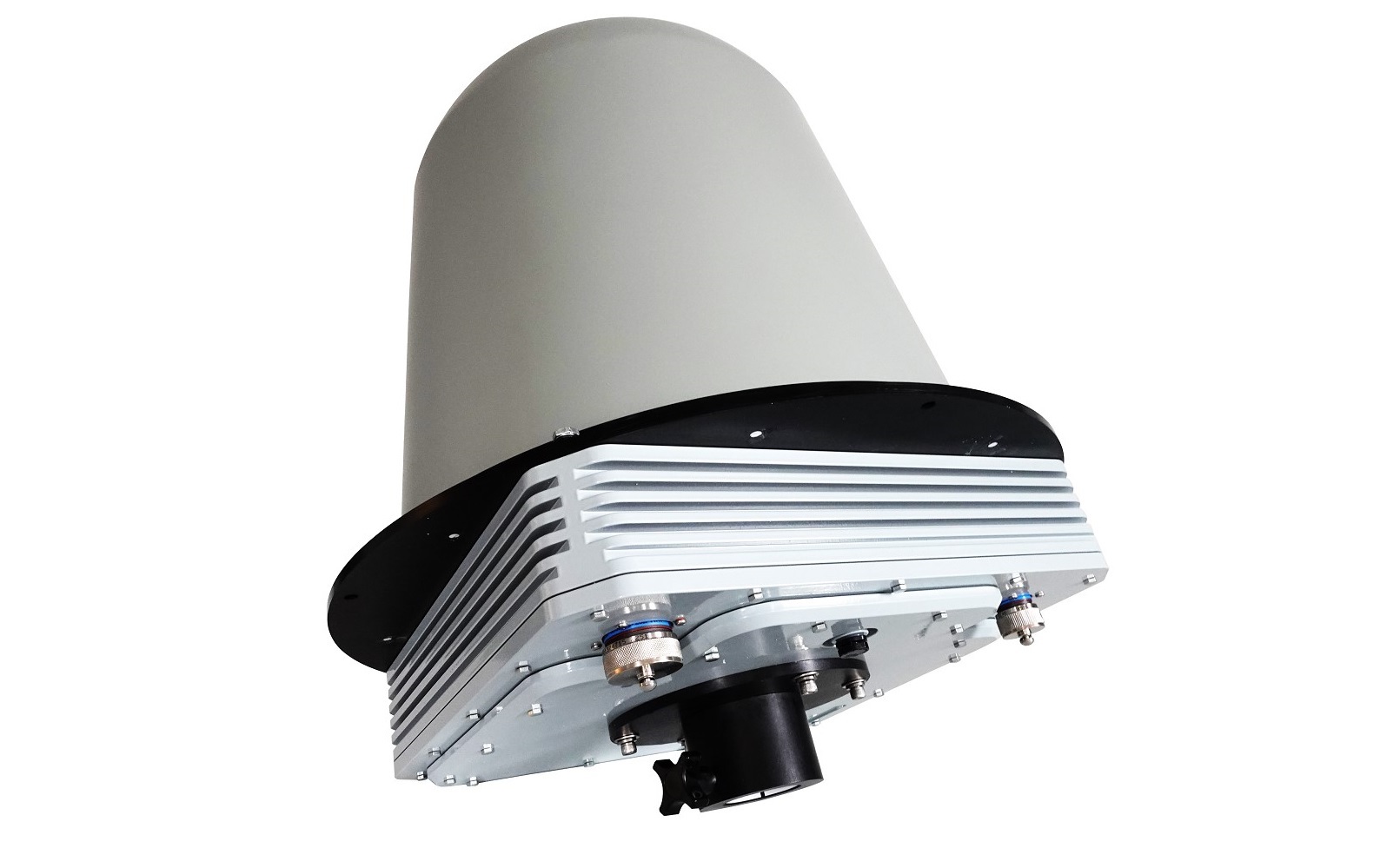QinetiQ secures threat detection contract with TSA

Under the contract, QinetiQ will assist the TSA in introducing new SPO-NX Passive Millimetre Wave (PMMW) scanners, designed to identify security threats in transport hubs and other densely populated locations.
Each scanning unit passively senses naturally occurring energy from individuals and the objects they are carrying. This signature information is processed to detect suspicious items hidden about their person.
The system, an upgrade from the QinetiQ SPO-7R already in operational use by the TSA, enables the operator to scan crowds and search for anomalies without the need to disrupt the flow of foot traffic through the area, minimising inconvenience and enabling security screening in locations where it was impractical before.
The system operator views only a CCTV picture of the people as they are scanned by the system. A simple threat anomaly assessment from the millimetre wave sensor is displayed beside or overlaid onto the CCTV image for the operator to interpret. The scanner never creates an image of bodily characteristics beneath the subject’s clothing and does not emit any radiation.
Colin Cameron, technical lead on the project for QinetiQ, said: “QinetiQ has worked with the TSA on stand-off passive imaging for more than seven years, during which time we have supported them in operational trials at several locations such as New Jersey Transit and Washington Metro.
“We are excited by the opportunity this contract gives us to turn the feedback from these trials into a new, refined product. We will continue to apply our technical expertise and independent thinking in this area to develop this system for the commercial and military security markets.”
















